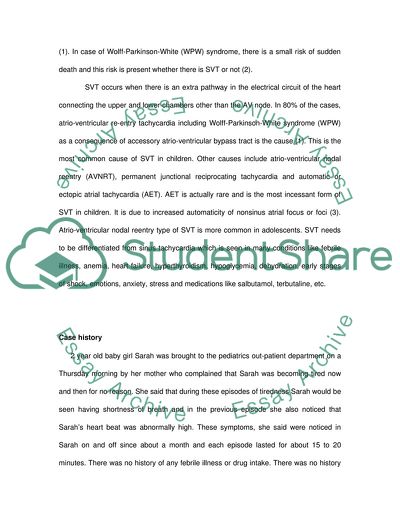Cite this document
(Supraventricular Tachycardia in Children Case Study, n.d.)
Supraventricular Tachycardia in Children Case Study. Retrieved from https://studentshare.org/health-sciences-medicine/1709128-svt-in-2-years-old
Supraventricular Tachycardia in Children Case Study. Retrieved from https://studentshare.org/health-sciences-medicine/1709128-svt-in-2-years-old
(Supraventricular Tachycardia in Children Case Study)
Supraventricular Tachycardia in Children Case Study. https://studentshare.org/health-sciences-medicine/1709128-svt-in-2-years-old.
Supraventricular Tachycardia in Children Case Study. https://studentshare.org/health-sciences-medicine/1709128-svt-in-2-years-old.
“Supraventricular Tachycardia in Children Case Study”. https://studentshare.org/health-sciences-medicine/1709128-svt-in-2-years-old.


